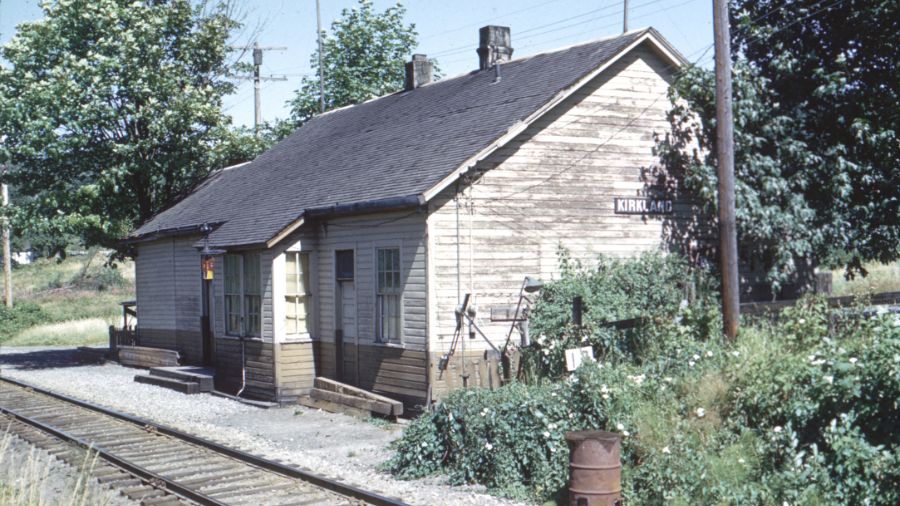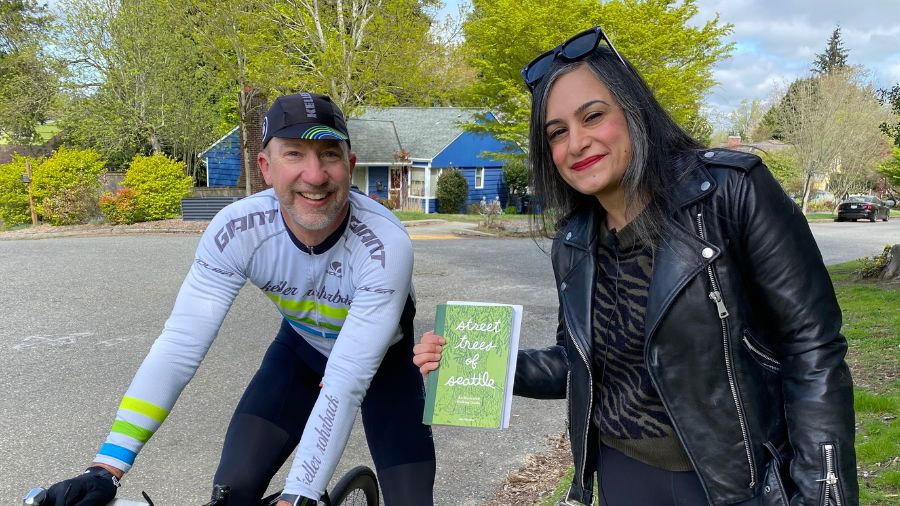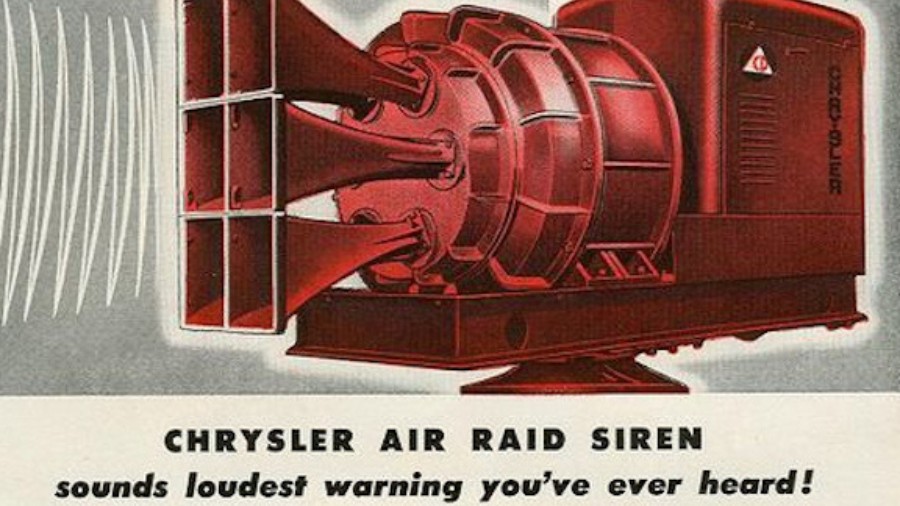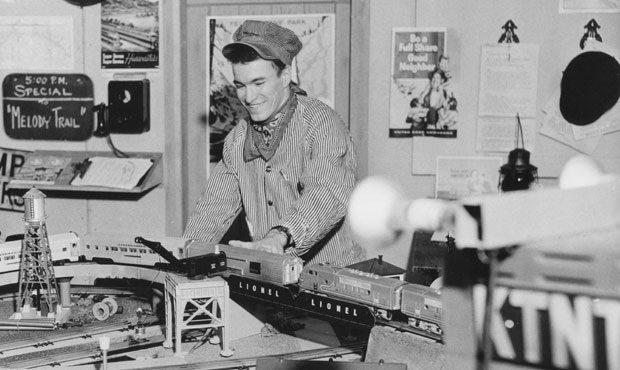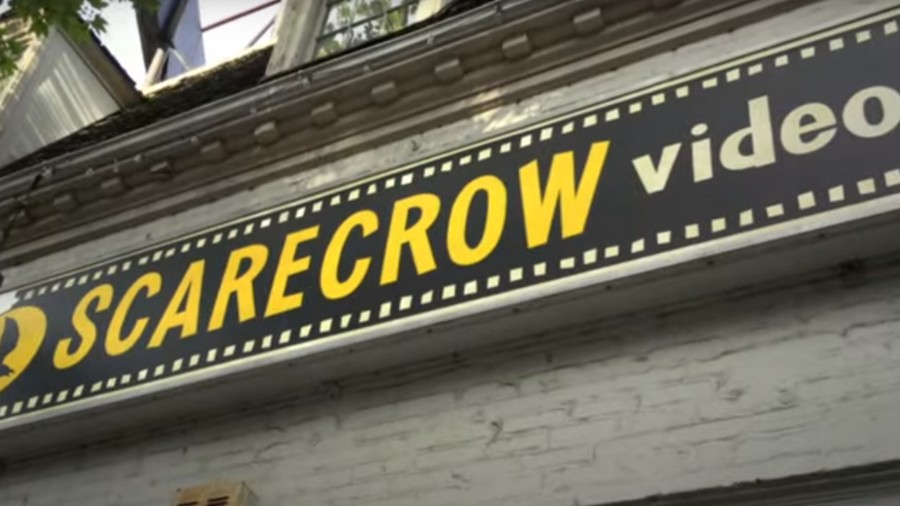All Over The Map: When all of Washington became ‘The 206’
Mar 25, 2022, 9:01 AM | Updated: Oct 25, 2022, 4:21 pm
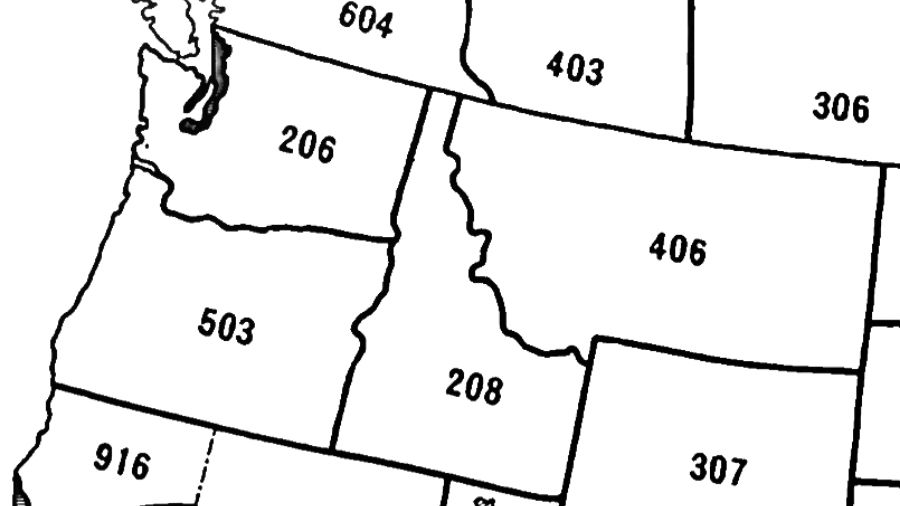
Detail from 1947 Bell Telephone map showing three-digit codes assigned as part of the North American Numbering Plan - including 206 for all of Washington; the plan was a key step in the move to "Direct Distance Dialing." (Bell Telephone via Wiki)
(Bell Telephone via Wiki)
Some hipsters might call Seattle “The 206” – and Pat Cashman made that numerical name famous with his comedy sketch show – but there was a time before area codes when reaching out to touch someone meant dialing – on an actual dial – a lot fewer numbers.
And then a lot more numbers.
It was 25 years ago next month when the 425 area code was introduced for the Eastside, and 253 was introduced for Pierce County and environs (360 came to Western Washington in 1995). All of those areas had been part of “The 206” before that, but the phone company was running out of phone numbers – because so many people were adding cell phones, pagers, and fax machines. Remember fax machines? Do you also remember the daily “KIRO Newsradio 710 News Fax?” Bonus points if you still have one tucked away on a curling piece of thermal paper somewhere.
Those new Evergreen State area codes could be created 25 years ago because of changes to American phones dating back 50 years to just after World War II. In fact, the entire world of North American area codes will be marking its 75th anniversary later this year. It was October 1947 when the phone company assigned three-digit codes to 86 regions of the United States and Canada, including 206 for all of Washington state, as part of the North American Numbering Plan.
These 86 codes were an important step in facilitating something called “Direct Distance Dialing,” which would allow just that: a telephone user to make a long-distance call by dialing directly, with no help (or, at least, less help) from a human operator.
Telephones first came to Seattle around 1880, and for the first 40 years or so, callers had to have operator assistance on every outgoing call. The first telephones with dials were widely available in the United States in 1919, and were introduced in a few parts of downtown Seattle in February 1923.
Just over two decades later, after and because of World War II, technology was leaping forward as the country was becoming more connected by rapid improvements in transportation, including faster planes and trains, and new advancements in communications gear, made smaller and more durable in support of the military. Automating more phone services – eliminating the need for human intervention in the millions of calls being made each day – made a lot of economic sense and was part of broader trends in mechanizing tasks that had required many hands.
Those area codes may have been created in 1947, but they weren’t quite ready for public consumption for many years. Thus, there wasn’t yet a mad rush to reprint letterhead and phone books with those extra three numbers.
“Direct Distance Dialing” was first activated for regular telephone customers in parts of New Jersey in 1951. The first areas around here to get an early version of the service were in Wenatchee in early 1957 – right as the 509 area code came into effect for Eastern Washington on Jan. 1, 1957 – and then, in Western Washington, a version of “Direct Distance Dialing” came first to Vashon Island.
“Direct Distance Dialing” was supposed to be an improvement, and ultimately, it was. However, reading old newspaper stories from when it was new or just over the horizon, it feels a bit like the difference nowadays between placing a takeout order for food by phone (as people have done comfortably for decades) or doing it, circa 2022, using an app or other online interface. Is using an app easier? Maybe. Is it different? Definitely.
This oddly glowing account of what was ahead for telephonically inclined Vashon Island residents is from The Seattle Times in February 1957:
“Here is how a Vashon Island resident will call a number in Seattle, for instance, after the new system goes into operation. The customer will pick up his telephone and, first, dial his own number. That identifies his telephone to the system’s automatic billing equipment. Then, the customer will dial the number 77, a code number which takes his call to Seattle. Then he will dial the Seattle number. That’s all there is to it. Direct dialing equipment does the rest.”
One other big change as part of the move toward a “Direct Distance Dialing” future was the shift, nationwide, from six-digit phone numbers to seven-digit phone numbers. These expanded seven-digit numbers, combined with area codes, would allow for millions of more unique telephone numbers to be added to the system. The change happened in the Seattle area on Sunday, March 16, 1958, at 12:01 a.m.
This was in the days (which some are still sentimental about) when phone numbers were listed – and, it was believed, remembered more easily by dialers – as two letters (an abbreviation for a named “exchange”), each representing a digit, followed by plain old digits.
Here’s what a helpful phone company ad, one of dozens in print in the days and weeks before the change-over, said in the run-up to March 16, 1958:
“Starting Sunday, March 16 all communities in the greater Seattle area join other cities in the nation in TWO letter, FIVE number dialing. This simply means that instead of dialing the present two letters and FOUR numbers, you will dial one extra number. For example, if your number is now RAinier 1070, your new number will be PArkway 2-1070.”
The really big day for Direct Distance Dialing in Western Washington – and when it became important to know and use area codes when attempting to make long-distance calls – was Sunday, Feb. 19, 1961 – also at 12:01 a.m., sharp. That was the moment when it became possible to directly dial something like 50 million other phones around the United States and Canada with no or only limited assistance from an operator. It was also probably time to update letterhead, signs, and especially display ads for businesses such as hotels or specialized manufacturers who did business far beyond their home area codes.
Of course, not everyone could participate in all the direct distance dialing fun. A statistic from around that time says that in early 1959, there were still about 30,000 non-dial phones in Washington and parts of Idaho served by Pacific Telephone – telephone customers who required operator assistance for every outgoing call. This number represented about 3.4% of the total number of phones in the Pacific Telephone system.
The next big milestone in the world of landlines was April 1962 – exactly 60 years ago – when touchtone phones were introduced to the American public at the Seattle World’s Fair.
So, the next time you “dial” a number on your smartphone by touching a small part of the glass with your finger, just remember: “That’s all there is to it. Direct dialing equipment does the rest.”
You can hear Feliks every Wednesday and Friday morning on Seattle’s Morning News, read more from him here, and subscribe to The Resident Historian Podcast here. If you have a story idea or a question about Northwest history, please email Feliks here.


